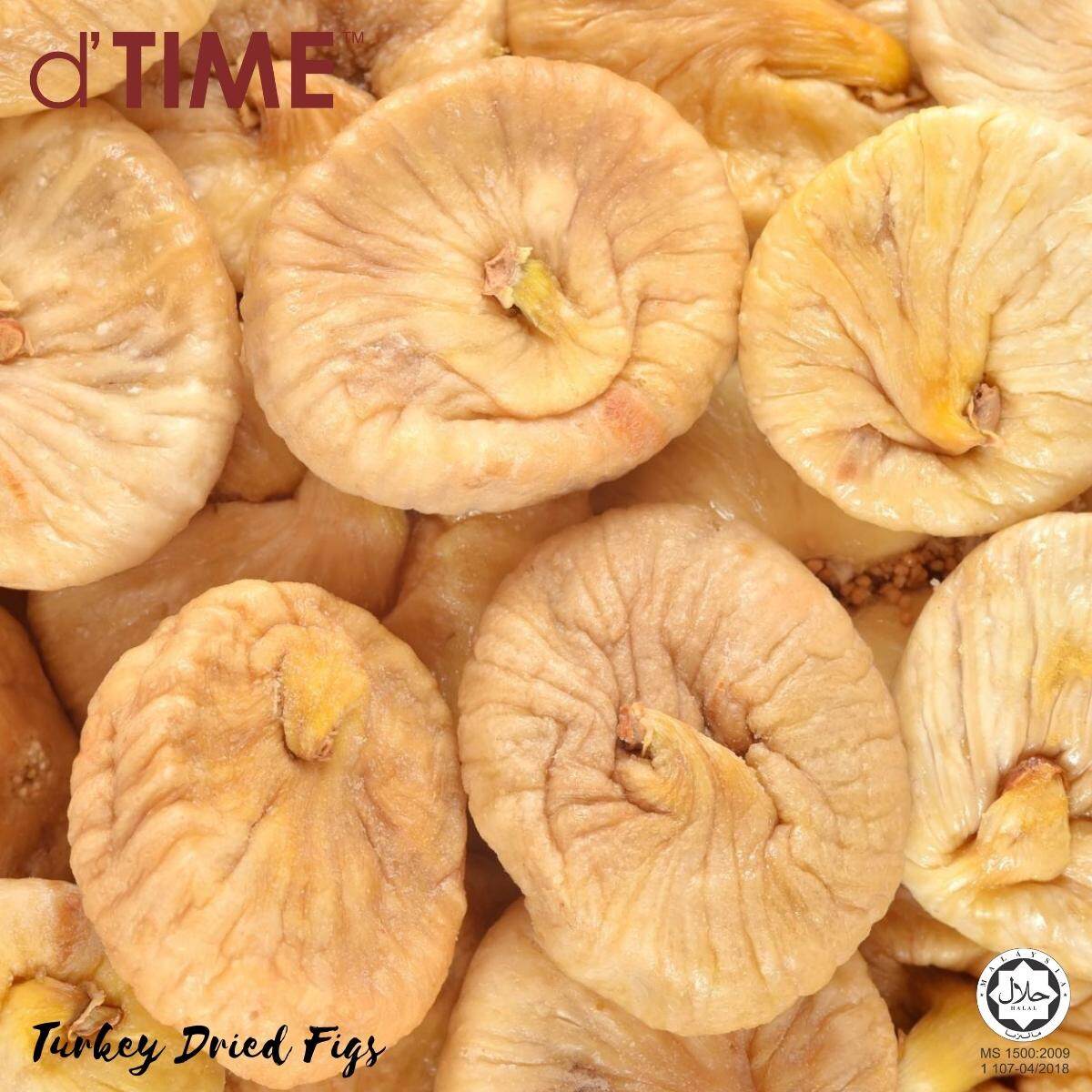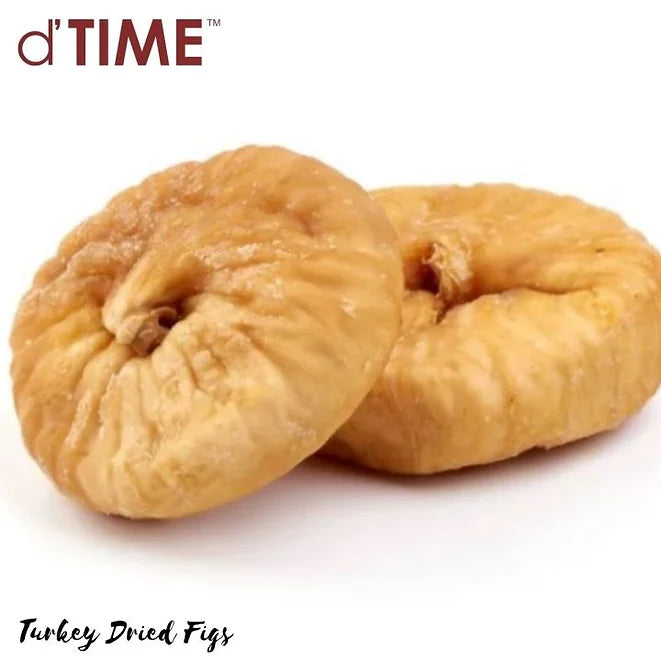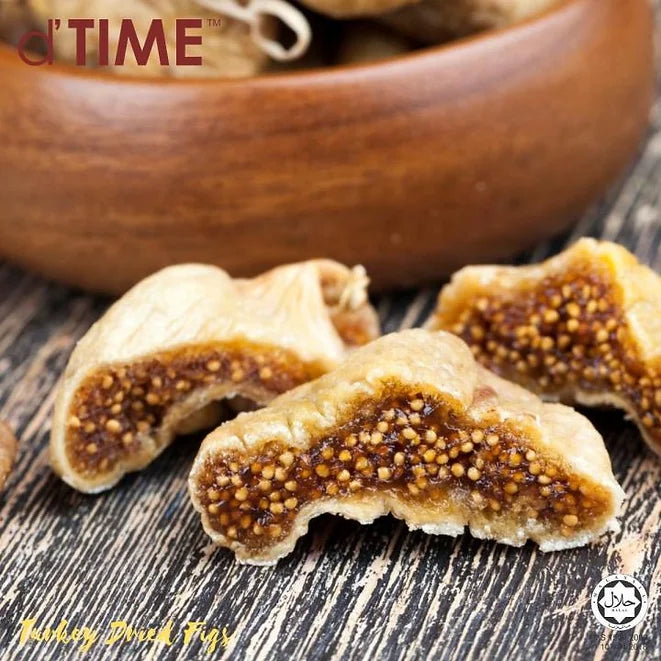Figs, the delectable fruit of the ficus tree, possess a distinctive and delightful flavor, with a soft, chewy texture and tiny, crunchy seeds that can be consumed. Due to their delicate nature and short shelf life, fresh figs are often dried to preserve them, resulting in a sweet and nutritious dried fruit that can be enjoyed year round. Figs come in various varieties, each displaying unique colors and textures. Notably, they feature a small budlike opening called an ostiole at the top, aiding in their development. In the past, their natural sweetness made them a popular choice as a sweetener in the absence of refined sugars.
Dried figs are the preserved form of fig fruits, which originate from the fig tree (scientifically known as Ficus). Unlike fresh figs, dried figs offer the advantage of being available throughout the year. They are widely accessible in many regions worldwide and have an extended shelf life. The drying process can involve sun-drying or dehydration methods to remove excess water, resulting in a nutrient-dense and flavor-rich snack. While figs have Middle Eastern origins, they are now extensively exported globally.
Whats are the benefits of Dried Figs?
Dried figs offer a range of health benefits due to their nutritional profile. Here are some key benefits of dried figs:
Bone health: Dried figs are rich in calcium, magnesium, and phosphorus, all of which are essential for maintaining strong and healthy bones. Regular consumption of dried figs can contribute to improving bone density and reducing the risk of osteoporosis.
Blood pressure regulation: Dried figs contain potassium, a mineral that helps regulate blood pressure levels. Including dried figs in your diet can aid in maintaining normal blood pressure and reducing the risk of hypertension.
Digestive health: Dried figs are a good source of dietary fiber, particularly soluble fiber. Fiber promotes healthy digestion, prevents constipation, and supports regular bowel movements. Consuming dried figs can contribute to a healthy digestive system.
Weight management: Dried figs are a satisfying snack that can aid in weight management. They are relatively low in calories compared to other dried fruits, and their fiber content helps create a feeling of fullness, reducing the likelihood of overeating.
DiabeticFriendly: Dried figs have a lower glycemic index compared to dates and are lower in sugar content. This makes them a better option for individuals with sensitive blood sugar levels or those managing diabetes.
Rich in minerals: Dried figs are abundant in minerals such as iron, magnesium, and calcium. These minerals play essential roles in various bodily functions, including oxygen transport, muscle function, and bone health.
Estrogen regulation: Certain compounds present in dried figs, such as lignans, have been linked to helping remove harmful estrogens from the body. This can be beneficial for hormonal balance and overall health.
Remember to consume dried figs in moderation, as they are still relatively high in natural sugars. Incorporating them as part of a balanced diet can enhance their health benefits and contribute to overall well-being.

Ways & When you can snack d'TIME DRIED FIGS
There are numerous ways and occasions to enjoy d'TIME dried figs as a healthy and delicious snack. Here are some suggestions:
1. Breakfast Boost: Sprinkle chopped dried figs onto your morning cereal, oatmeal, or granola for added natural sweetness, fiber, and nutrients. You can also mix them into yogurt or blend them into smoothies for a delightful twist.
2. Snack on the Go: Keep a bag of dried figs handy for quick and nutritious snacking anytime, anywhere. They are portable, require no preparation, and make for a satisfying snack choice while watching television, camping, or hanging out with friends.
3. Cheese and Fig Pairing: Combine the natural sweetness of dried figs with the savory flavors of cheese. Enjoy them together as a tasty appetizer or snack. Try pairing dried figs with varieties like goat cheese, blue cheese, or brie for a delightful flavor combination.
4. Baked Goods and Desserts: Incorporate chopped dried figs into your favorite baked goods, such as cookies, muffins, bread, or energy bars. Their soft and chewy texture adds a delicious touch to your homemade treats.
5. Salad and Grain Bowl Toppings: Sprinkle sliced dried figs over salads, grain bowls, or couscous dishes to add a burst of sweetness and texture. They can complement both savory and fresh flavors in your meals.
6. Trail Mix and Snack Mixes: Create your own customized trail mix by combining dried figs with nuts, seeds, and other dried fruits. This wholesome blend makes for a nutritious and energy-boosting snack for outdoor activities or as an office pick-me-up.
Remember, dried figs are versatile and can be enjoyed in various ways based on your preferences and creativity. Feel free to experiment and find your favorite ways to snack on d'TIME dried figs throughout the day!

Keep Dried Figs safe and fresh:
To ensure the safety and freshness of dried figs, follow these storage guidelines:
Choose appropriate containers: Store dried figs in dry, clean home canning jars, plastic freezer bags, or tightly-sealed plastic freezer containers. Consider vacuum packing to remove air and prevent moisture from reaching the figs.
Optimal storage conditions: Store dried figs in a cold, dry place, such as a pantry or refrigerator. Avoid exposure to direct sunlight, heat, or humidity, as these can negatively impact the quality and shelf life of the figs.
Shelf life: When stored properly, dried figs can last around 6 to 12 months. However, it's important to check for any signs of spoilage, such as mold, off smells, or unusual texture, before consuming.
PostOpening storage: After opening the package of dried figs, transfer them to a sealable bag or an airtight container. This helps maintain their freshness and prevents moisture from entering, which can cause them to become stale or moldy.
By storing dried figs in a cool, dry, and airtight environment, you can extend their shelf life and ensure they remain safe and fresh for an extended period.











![d'TIME Premium Turkey Natural Dried Figs [500g, 1kg]](http://dtime.com.my/cdn/shop/files/7_edb5f817-de65-414d-b1d9-507f441ab2d4.jpg?v=1700310156&width=1445)
![d'TIME Premium Turkey Natural Dried Figs [500g, 1kg]](http://dtime.com.my/cdn/shop/files/40.webp?v=1686831479&width=1445)
![d'TIME Premium Turkey Natural Dried Figs [500g, 1kg]](http://dtime.com.my/cdn/shop/files/42.webp?v=1686831480&width=1445)
![d'TIME Premium Turkey Natural Dried Figs [500g, 1kg]](http://dtime.com.my/cdn/shop/files/43.webp?v=1686831480&width=1445)
![d'TIME Premium Turkey Natural Dried Figs [500g, 1kg]](http://dtime.com.my/cdn/shop/files/44.webp?v=1686831480&width=1445)
![d'TIME Premium Turkey Natural Dried Figs [500g, 1kg]](http://dtime.com.my/cdn/shop/files/6_61cadd1b-d0e8-4235-a4ce-a30a155db91f.jpg?v=1700310184&width=1445)
![d'TIME Premium Turkey Natural Dried Figs [500g, 1kg]](http://dtime.com.my/cdn/shop/files/8_4878cdcb-3b8a-40ed-8686-4a9bb043079c.jpg?v=1700310223&width=1445)